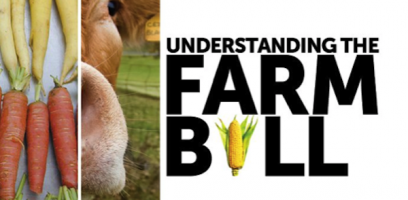If, like me, you’re still mourning the end of the fair’s foods-on-a-stick, I have great news for you. There’s a new portable delicacy in town: Varma lefse, the creation of South Minneapolis’ Nathan Matter and Alyson Sweet. Varma recently starting offering its lefse wraps at the Midtown Farmers Market.
ann butkowski
Categories
PARTNERS
Archives
- April 2016 (1)
- March 2016 (1)
- February 2016 (1)
- January 2016 (1)
- December 2015 (2)
- October 2015 (1)
- August 2015 (2)
- July 2015 (2)
- June 2015 (3)
- May 2015 (2)










